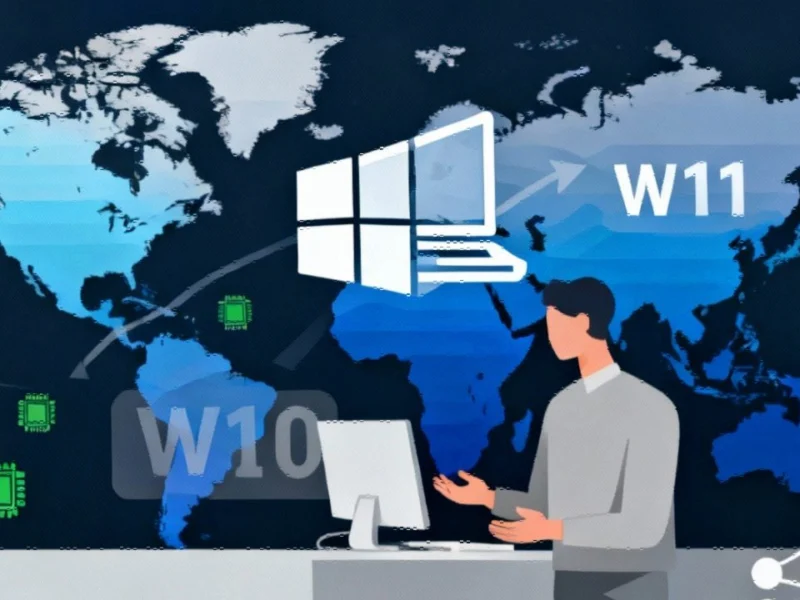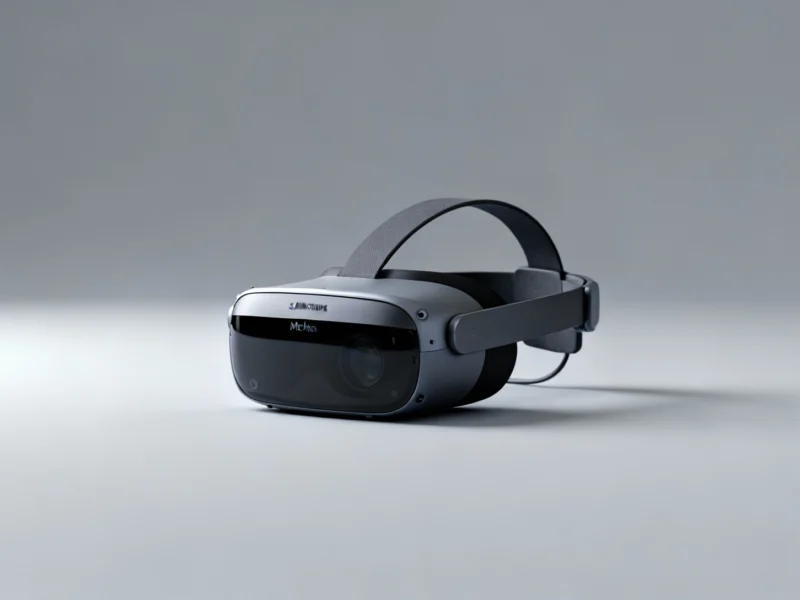Global PC Shipments Show Strong Recovery
Worldwide personal computer shipments reached 69 million units in the third quarter of 2025, representing an 8.2 percent year-over-year increase according to the latest market analysis. The figures, which track devices sold to resellers and distributors rather than end customers, indicate a significant market recovery after years of stagnation.
Research firm Gartner published the data showing the industry’s strongest performance in recent quarters. Analysts suggest the growth was primarily driven by commercial refresh cycles as organizations prepare for the upcoming Windows 10 end-of-support deadline, creating what one researcher described as “resuscitating the flatlining computer sector.”
Regional Variations and Tariff Impacts
The report states that growth patterns varied significantly by region, with North America experiencing only 1.6 percent growth compared to stronger performance in other continents. According to Rishi Padhi, research principal at Gartner, this regional disparity resulted from purchasing patterns being “pulled forward” in Q1 and Q2 due to concerns about impending import tariffs.
“North American growth was limited to 1.6 percent while demand in most other continents was fueled by the Windows 10 end-of-support commercial refresh cycle,” Padhi noted in the analysis. The data indicates that while commercial demand remained strong, consumer spending at lower price points continued to face challenges from persistent geopolitical and macroeconomic headwinds.
Vendor Performance and Market Share
The top five vendor ranking remained unchanged from the previous year, with all major manufacturers experiencing unit sales growth. Lenovo maintained its market leadership with 27.8 percent market share in Q3 2025, up from 25.8 percent the previous year. HP secured second position with 21.5 percent, while Dell placed third with a slightly reduced share of 14.5 percent, down from 15.4 percent in Q3 2024.
Apple reportedly saw only modest gains despite the Windows transition opportunity, with market share increasing slightly from 8.7 percent to 8.9 percent. Sources indicate that hopes for significant Mac adoption during the Windows 10 transition period largely failed to materialize.
AI PC Adoption and Future Market Drivers
The analysis highlights the growing presence of AI-capable PCs in the market, with forecasts suggesting they will account for 31 percent of shipments in 2025, up from 15 percent in 2024. However, analysts suggest this trend is currently industry-driven rather than responding to clear consumer demand.
As the Windows 11 upgrade cycle eventually subsides, vendors are reportedly looking to AI applications as the next growth driver. Industry observers note that it will become increasingly difficult to purchase PCs without neural processing units (NPUs) in coming years, even without clear killer applications for the technology.
Industry Context and Future Outlook
The current PC market resurgence occurs alongside other significant industry developments in the technology sector. While the 8.2 percent growth fell short of double-digit expectations, it represents a marked improvement over recent years and suggests the market may be entering a new phase of stability.
Global trade patterns continue to influence the sector, with recent technology supply chain adjustments affecting manufacturing and distribution strategies. Meanwhile, security remains a critical consideration as evidenced by related innovations in cybersecurity protection.
The manufacturing landscape is also evolving, with market trends showing adjustments in production and distribution strategies across different regions. As the industry looks beyond the current Windows refresh cycle, vendors are banking on emerging technologies to sustain growth, though consumer response to these industry developments remains uncertain.
This article aggregates information from publicly available sources. All trademarks and copyrights belong to their respective owners.



